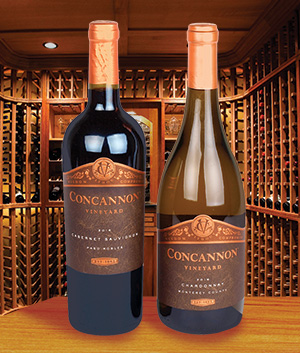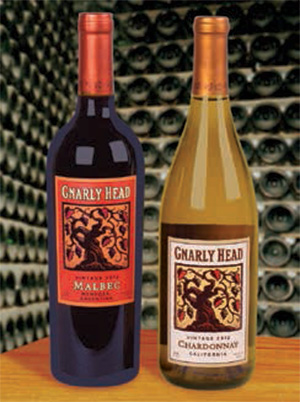 On the Trail to Oregon
On the Trail to Oregon
Dayton, Oregon, in the Dundee Hills AVA and 25 miles southwest of Portland, is home to Stoller Vineyards. Oregon started to become generally known for their wines, particularly Pinot Noir, only about 30 years ago. Stoller is even newer, bringing in their first wine in 2001.
In 1993, Bill Stoller purchased from a cousin the turkey farm where he had been raised as a boy. He knew that the rocky terrain, low-yield soils, and steep hillsides of the property that made general agriculture a difficult and frustrating endeavor would be perfectly suited to grape vines.
He started with 10 acres each of Chardonnay and Pinot Noir, which have now expanded to over 225 acres under cultivation. (Stoller was not a winemaking novice, however. He was already a partner in Chehalem Winery in nearby Newberg, Oregon.)
In addition to Pinot Noir and Chardonnay, the vineyards are home to Pinot Gris, Riesling, Tempranillo, Syrah, and Pinot Blanc.
Stoller is committed to sustainable farming practices, employing such innovations as a water reservoir that collects runoff from the winter rains, a solar-powered weather station, and a spring-fed irrigation system that minimizes drip. Stoller is currently working with Oregon State University to study the effects of different cover crop regimes on soil health, vine vigor, and wine quality.
Stoller Vineyards Estate Chardonnay 2008
This all-Chardonnay wine offers an excellent balance of bright fruit and acidity. It was barrel fermented and aged in French oak, but since only 30% was new, the wood is present but not dominant. The finishing 100% malolactic fermentation imparted softness and smoothness.
On the nose, aromas of almonds, lemon zest, and brioche are evident. The dry, silky palate features citrus (especially lemon), minerals, and spice.
Serve this Chardonnay with Grilled Lemon Chicken, Crispy Salmon with Spiced Lentils, or Swordfish with Mango and Avocado Salsa.
Stoller Vineyards Estate Pinot Noir 2007
This Stoller Pinot Noir was sourced from their oldest vineyard plantings, at the end of a cool growing season. The wine spent 10 months aging in 60% new / 40% neutral oak.
The wine presents aromas of oak, spice, and vanilla. The taste is well-balanced, with good acidity, medium tannins, and flavors of tart plum, wild strawberry, and raspberry.
This Pinot Noir will go well with Baked Tuna with Tomatoes, Capers and Black Olives, Coq au Vin with Autumn Vegetables (try making the chicken with white wine, though), and Lamb Chops with Prune Chutney.
Top of page: https://winervana.com/blog/


 Concannon Vineyard
Concannon Vineyard Hey, man, check out this gnarly wine. Gnarly Head wine, actually.
Hey, man, check out this gnarly wine. Gnarly Head wine, actually. Byron Wines
Byron Wines Jack’s House Wines
Jack’s House Wines

 Cuvaison Winery
Cuvaison Winery

 Sanford Winery
Sanford Winery Dry Creek Vineyard
Dry Creek Vineyard Chateau Montelena
Chateau Montelena Bonterra Vineyards has been a pioneer in organic farming in California. The vines were planted in 1987, and the first wines were released in 1992, long before organic products were widely available in America. Bonterra believes that organic grapes produce the purest expressions of the varietals and land on which they are farmed.
Bonterra Vineyards has been a pioneer in organic farming in California. The vines were planted in 1987, and the first wines were released in 1992, long before organic products were widely available in America. Bonterra believes that organic grapes produce the purest expressions of the varietals and land on which they are farmed.